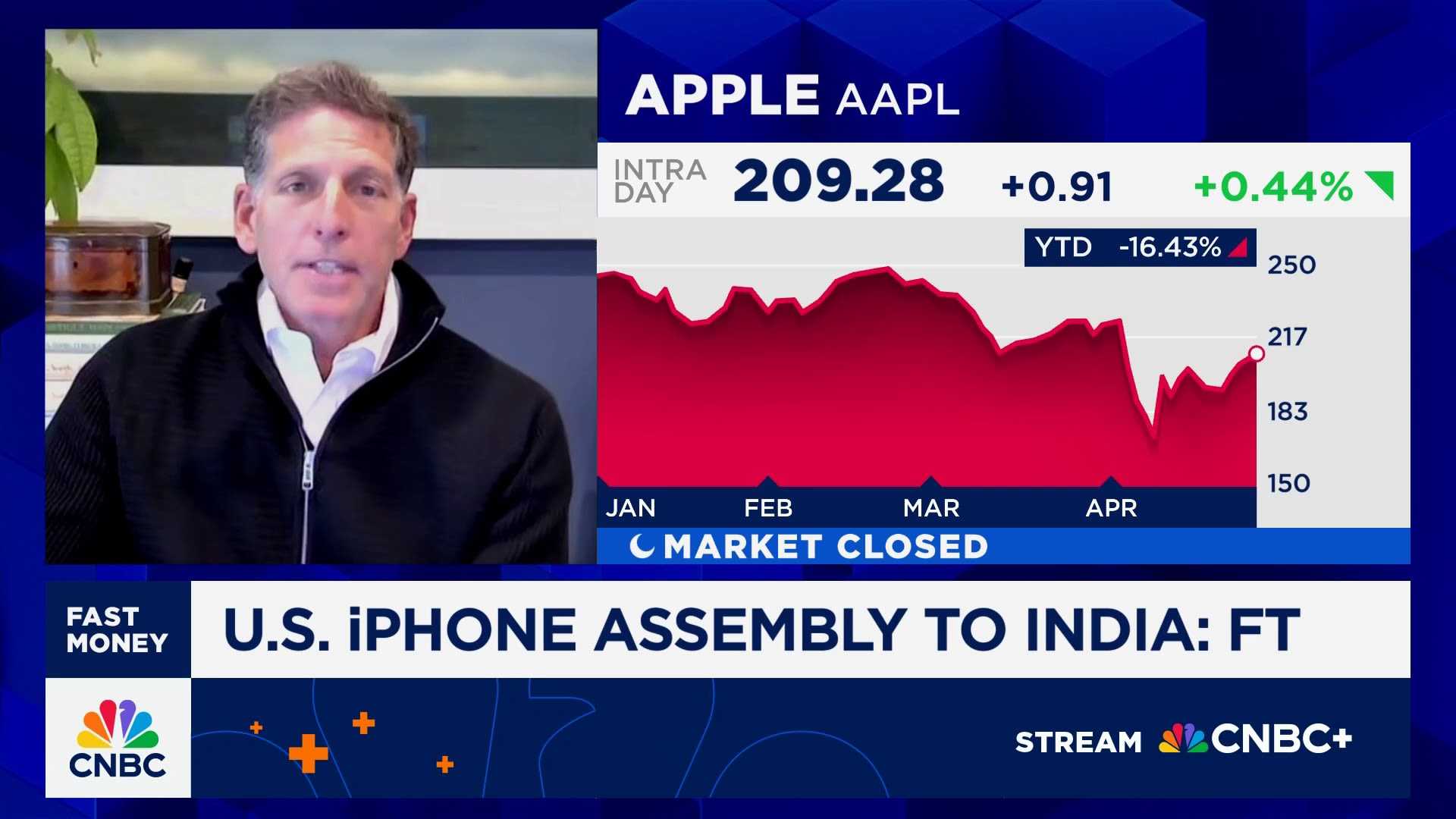Business
Apple Poised for Growth Amid U.S.-China Tariff Agreement

NEW YORK, NY — Apple Inc. may benefit significantly from a recent U.S.-China trade agreement that alters tariffs. On May 22, 2025, analyst Dan Ives of Wedbush Securities stated that this development represents a ‘dream scenario’ for the tech giant.
The White House announced in mid-May that the U.S. and China agreed to lower specific tariffs and pause others. According to Ives, this shift could lead to substantial advantages for Apple, which has historically depended on Chinese manufacturing for the majority of its products, particularly the iPhone.
Approximately 80% of iPhones are assembled in China, making tariffs a critical factor for Apple’s pricing and production strategies. This agreement is a notable relief for a company that has already seen its stock decline over 19% this year, compared to a modest rise in the S&P 500 index.
Ives maintains an ‘outperform’ rating on Apple, with a price target of $270 per share, indicating potential growth of more than 30%. He believes that with the ongoing upgrade cycle, half of Apple’s existing user base could purchase new models in the coming years.
Apple’s strategy may include accelerating production in India, which began in 2017. However, this option may be costlier, possibly adding 10% to production expenses due to high import duties on components.
Despite a more favorable tariff environment, Ives cautioned that the tech industry still faces challenges. Apple’s stock remains a subject of concern, particularly with its reliance on device sales, which accounted for 72% of its revenue in the latest reported quarter.
While there is optimism surrounding the tariff agreement, it only serves as a temporary pause amidst ongoing trade tensions. Apple’s market position remains robust, but the company must address its long-term innovation strategies to maintain growth.
In a recent statement, Ives remarked, ‘The pause in tariffs is a win for tech, but Apple’s real strength lies in its ability to innovate and adapt in a fast-changing market.’












